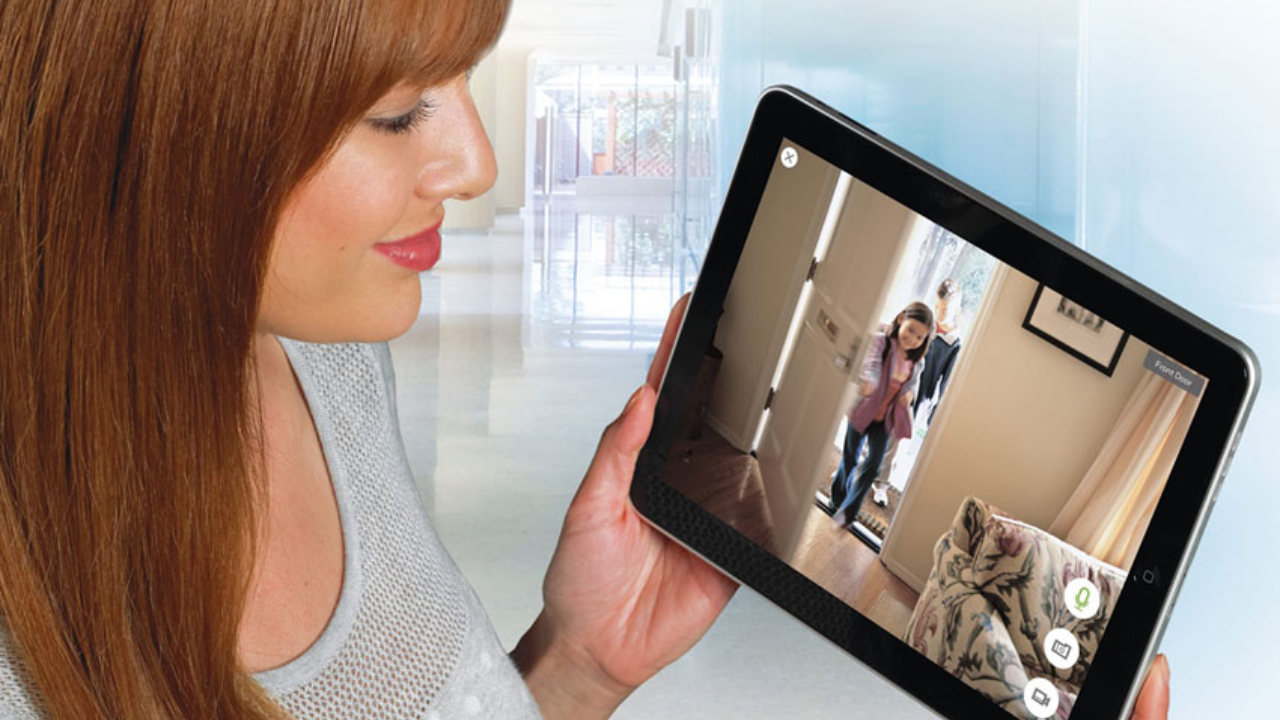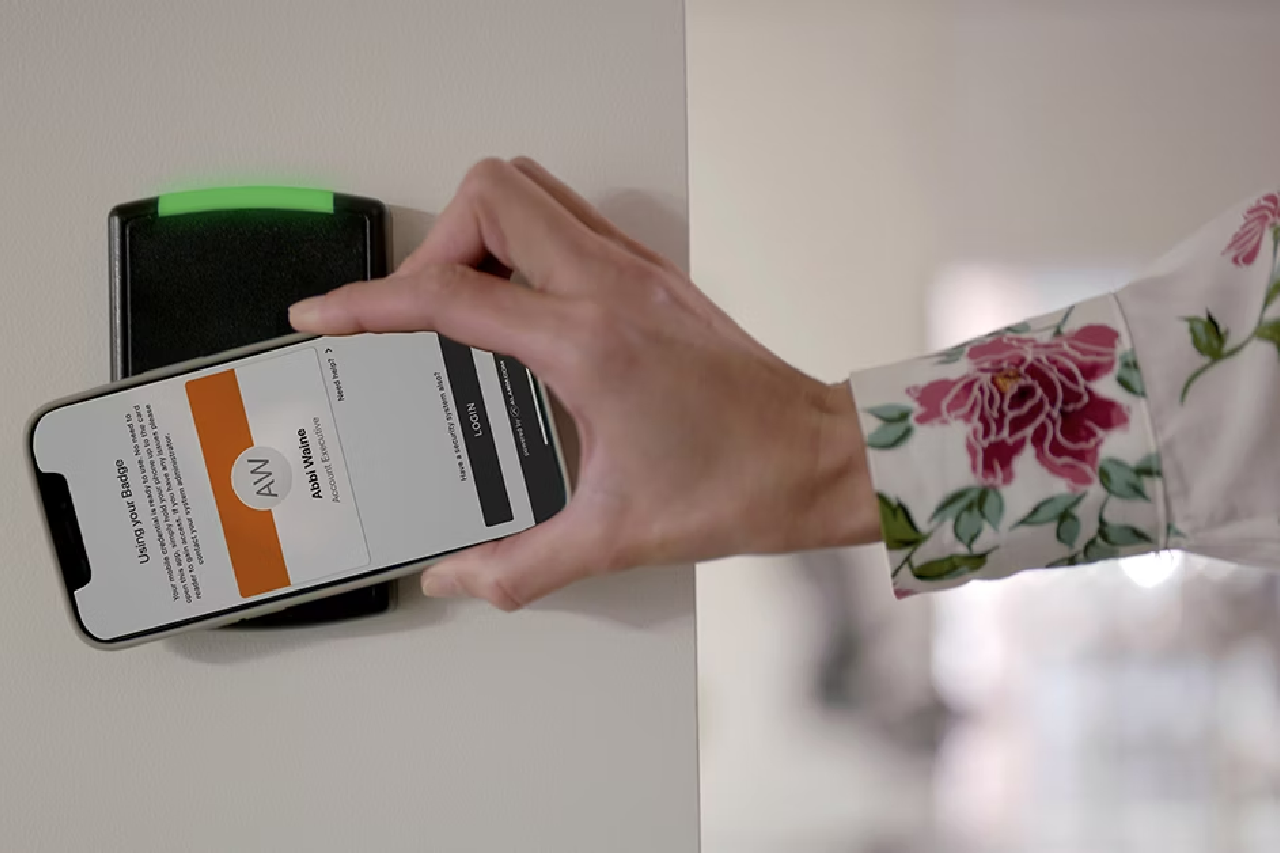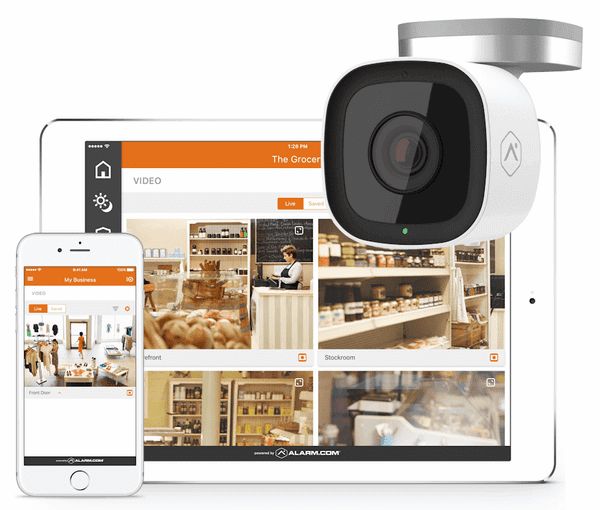Last Updated on May 29, 2024 by Alarm New England
In today’s fast-paced business world, security is paramount. Business owners and facility managers constantly grapple with the challenge of safeguarding their assets, employees, and sensitive information. One way to do this is by installing access control. While traditional access control methods like keys, access cards, and PIN codes have been the norm for decades, technology has ushered in a new era of security with biometric access control systems. In this article, we’ll explore the key differences between biometric access control and typical methods, highlighting the advantages and considerations for businesses looking to enhance their building security.

Traditional Access Control Methods
- Keys and Locks
Historically, keys and locks have been the go-to method for securing physical spaces. They are simple and cost-effective but come with their fair share of limitations. Keys can be easily lost, stolen, or duplicated without authorization. Additionally, managing a large number of keys for a business building can be cumbersome and inefficient.
- Access Cards
Access cards have gained popularity due to their convenience and ease of use. Employees simply swipe or tap their cards at a reader to gain entry. However, access cards are not immune to issues like loss or theft, and they can also be shared or loaned to unauthorized individuals. Moreover, reissuing cards or changing access permissions can be time-consuming and costly.
- PIN Codes
Personal Identification Numbers (PIN codes) add an extra layer of security to access control. Employees enter a unique code to unlock doors. While PIN codes can be effective, they are vulnerable to unauthorized sharing, guessing, or forgetting. Frequent code changes may be required to maintain security, posing administrative challenges.
Biometric Access Control: A Game-Changer
Biometric access control systems leverage an individual’s unique physiological or behavioral traits for authentication. These systems have gained prominence in recent years due to their advanced security features and operational efficiency. Here are some key advantages of biometric access control for business building security:
- Unparalleled Security
Biometrics offer a level of security that is difficult to replicate with traditional methods. The use of fingerprint, iris, facial recognition, or even voice recognition ensures that only authorized personnel gain access. It is very difficult for someone to impersonate another person’s biometric data, significantly reducing the risk of unauthorized entry.
- Eliminate the Risk of Lost or Stolen Credentials
One of the most significant advantages of biometric access control is the elimination of lost or stolen credentials. Unlike keys or access cards, which can be easily misplaced or stolen, biometric data is inherently tied to an individual and cannot be separated from them. This eliminates the risk of unauthorized access due to lost or stolen credentials.
- Convenience and Speed
Biometric authentication is incredibly convenient for employees and visitors. There are no cards to carry or PINs to remember. Employees can simply use their fingerprint, eye scan, or facial recognition to gain access quickly, streamlining entry processes and reducing the potential for bottlenecks at building entrances.
- Scalability and Centralized Control
Biometric access control systems are highly scalable and can be easily integrated into existing security infrastructure. Furthermore, centralized control and management of access permissions make it efficient to grant or revoke access for specific individuals or groups. This is especially useful for businesses with changing access needs, such as contractors or temporary employees.
- Audit Trails and Reporting
Biometric systems often come equipped with robust reporting and audit trail capabilities. Facility managers can track and monitor access events in real-time, ensuring accountability and transparency. In the event of security breaches or incidents, detailed logs can provide valuable insights for investigations.
Should You Choose Biometric Access Control or Not?
In the ever-evolving landscape of business security, biometric access control stands out as a game-changer. Its unmatched security, convenience, and scalability make it a compelling choice for businesses looking to elevate their building security. While traditional access control methods like keys, access cards, and PIN codes have served their purpose, they come with inherent limitations that can compromise security.
Ultimately, the decision to adopt biometric access control should be based on a thorough assessment of your business’s security needs, budget, and willingness to embrace advanced technology. When implemented thoughtfully and responsibly, biometric access control can provide a robust and future-proof solution for securing your business building and protecting your valuable assets and information.







